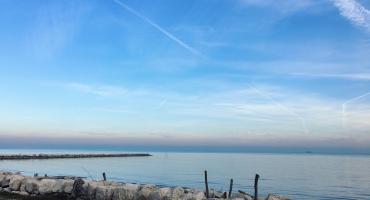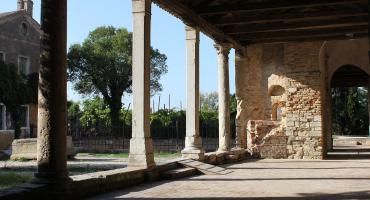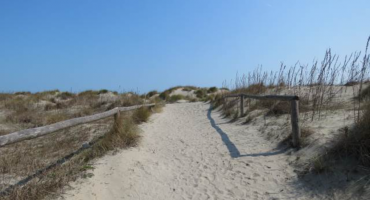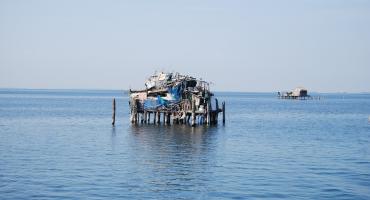In the urban complexity of Venice, the numerous islands of the lagoon play a crucial role, surrounding the city and creating a kind of natural mosaic unmatched anywhere else in the world.
Destiny intertwines the city and its islands. The neglect and degradation of this unique insular heritage have inflicted and continue to inflict serious damage on Venice, depriving it of an integral part of its very existence. It is truly incredible to think how bustling with life these places once were, now condemned to perpetual oblivion, with few commendable exceptions demonstrating that there is still hope of not seeing every corner of the lagoon destroyed.
The restoration of San Servolo, San Clemente, and Certosa, to name a few, is concrete proof of what is possible. The paradox of Venice and its islands lies in the prospect of sustainable development and the feasibility of interventions—certainly costly—that favor the qualitative growth of the entire territory.
Focusing solely on tourism for the redevelopment of the islands cannot be exhaustive if we want to rethink a territorial model where the quality of life and employment opportunities match the rhythms of a different and more hectic daily life. Slowness has become a value, but it cannot become a barrier to growth. The islands cannot become timeless horizons, and Venice cannot arbitrarily isolate itself in a time suspension zone. On the contrary, it must keep moving to stay vital. The idea of the island as a physical place bounded by water is a theme dear to speculative thinkers; it would be tragic—and frankly, the risk is visible—that it also becomes dear to real estate speculators as a means to make money!
Over the years, much has been written, debated, and legislated, but to date, little has been done. The usual chatter in debates, the usual Italian game of passing the buck between different authorities, the usual more or less grandiose projects—in short, the usual nothing...
Millions of tourists visit Venice every year, and it seems inevitable to ask: where does the money they spend in the city go? Is it possible that no consortium of local entrepreneurs, in collaboration with the universities of Venice, IUAV, and Ca' Foscari, has been able to develop and implement plans for reusing some islands?
These are rhetorical questions, with the answer given by the renewed interest in this topic only when the war of appeals between private and public parties erupts over the actual ownership of the property and the legitimacy of the auction procedures for the alienation of the asset—see the island of Santa Maria delle Grazie. In Venice, they would call it "Rumores" or "Ciacoe."
In this grim scenario, there are islands that have been privately owned for a long time, surviving the verbal tsunamis of many useless controversies. The latest concerns the island of Poveglia, whose rebirth has been hindered by legal issues, prolonging the recovery time.
The involvement of private capital is essential for fostering a renaissance of the lagoon through its islands, but it is not an easy path. Returning to the millions of tourists who visit Venice every year, it would be crucial if even a small part of them were interested in the true Serenissima history, its 'terrestrial' origins, and thus desire a better understanding of the ancestral places of Venice, that maze of small islands that helped make the city great.
It may seem provocative, but those thousands of wealthy individuals from all over the world who competed to buy villas in the artificial paradise on the Dubai coast could still be interested in a private oasis in the original enchanted Lagoon?!
The paradox lies in the collective memory loss regarding a heritage belonging to the city itself, now unable to manage even the ordinary without falling into petty micro-faction interests. The impression is that the lack of awareness of its potential is the worst cause of the enduring amnesia of the Serenissima.
The man of the third millennium can afford to transcend the physical boundaries of the island, facilitated by technology and faster, immediate communications, as long as they are not bridges... Calatrava teaches us!
di F. M.
:venews
aprile 2007




